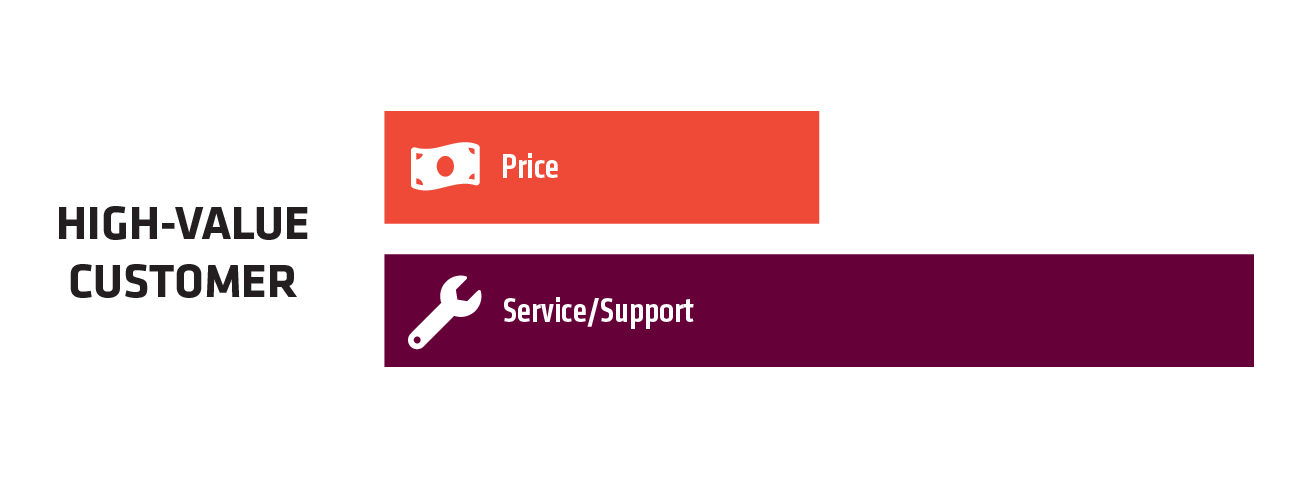Take the lead
Lead generation is a sport in which you lead with offense. You cannot wait for leads to fall into the lap of your sales team, because the vast majority of the customer journey happens as a prospect conducts online research prior to speaking with a sales representative.
Additionally, you cannot assume that your brand marketing has earned you a spot among the few companies that your prospects plan to research. This is especially important because the niche and customized offerings of many B2B businesses can mean that your buyers may have never heard of you or don’t understand what you offer.
Lead generation and nurturing is critical to most B2B businesses. The long sales cycle, larger-value transactions, complex selling processes, negotiated pricing, and multiple decision-makers require you to be much more strategic in your approach to lead generation and to develop valuable content that maintains engagement and moves the prospect through the buyer journey.
A lot has to happen after a prospect becomes a lead … but this is where things start.







